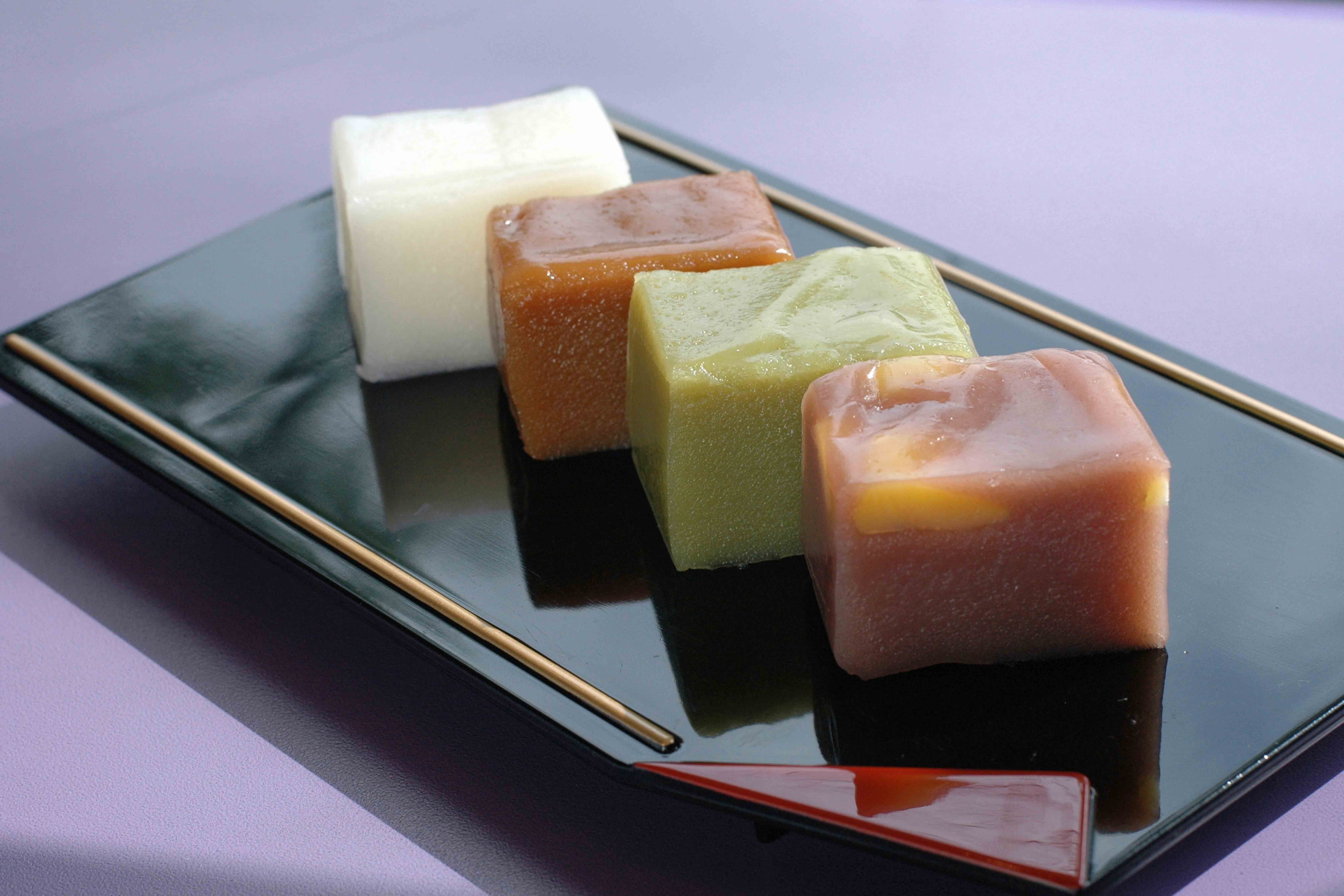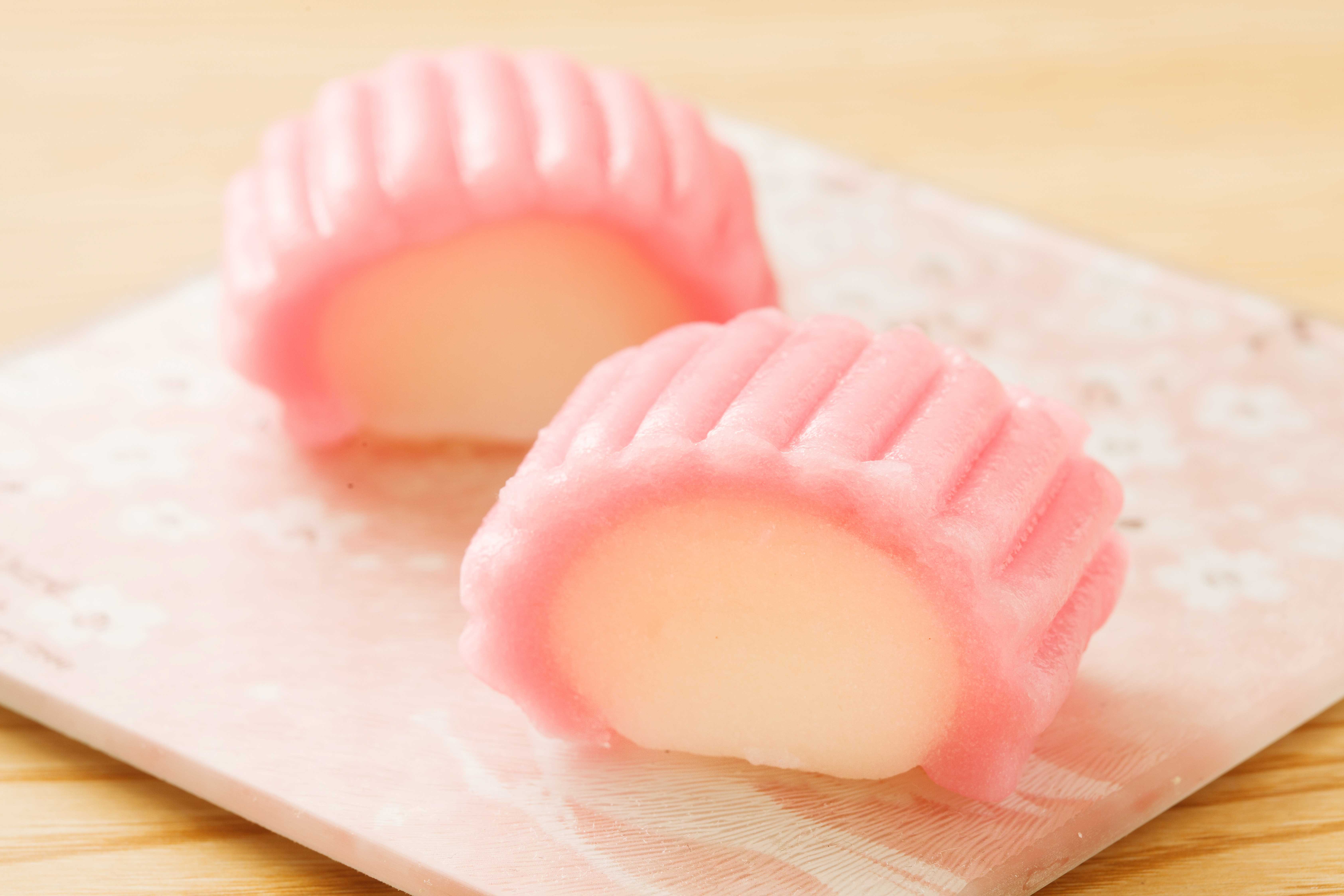“Neri-Sweets” are sweets made from a clay-like paste of rice or other grain flour, soybean flour, sugar, bean paste, tea, and other ingredients. The word “Neri” means “kneaded” in Japanese. Some kinds of the “Yokan” are included in this “Neri-Sweets”. The characteristics of the paste-like material allow for a more delicate and various work to be done compared to other Wa-sweets. It’s called “Nerikiri” sweets. When people from overseas hear the word “Wa-sweets”, they might often think of this “Nerikiri” sweets. Some of them are made from materials that you would not expect to be made from eatable materials, so you will probably be surprised when seeing them for the first time.
Apart from “Neri-Sweets” such as “Nerikiri” which is very detailed and meticulously crafted… There are also very curious “Neri-Sweets” that when you see them, you might think “a lump of dough before it is formed”. Many of them are known as renowned confections because of their very distinctive mouthfeel. If you actually try it, you will surely think that it is not surprising that it is said to be one of the renowned confections. Let me introduce some of them to you.
Uiro

It is said to be made by mixing rice flour, sugar, and hot water in just the proper amount. In some cases, wheat flour or bracken flour is used instead of rice flour. Its mouthfeel are really mysterious… (; ‘▽ ‘)/~ Actually, there are many theories about its origin, and we’re not sure… It seems that by the Edo period, the sweets made using the similar process had already been introduced in various parts of Japan. It is a quite mysterious Wa-sweets, as well as its unique mouthfeel.
Suama

It is made by adding sugar and hot water to Uruchi-rice flour, steaming it, and then pussing & kneading it up further. It is also said a kind of mochi sweets. In some regions, it is considered a good fortune sweets.
Yubeshi

Rice flour, sugar (sweet seasoning or ingredients) and walnuts or yuzu fruits are kneaded together. And then, steamed to give it a unique elastic texture. There are two main types: those from eastern Japan that use walnuts and those from western Japan that use yuzu fruits. The ingredients and cooking methods vary from place to place. It is said that it was originally eaten as a snack for drinking or preserved food rather than a sweets. This is another famous Wa-sweets with many mysterious features… *( ̄▽ ̄;)*




